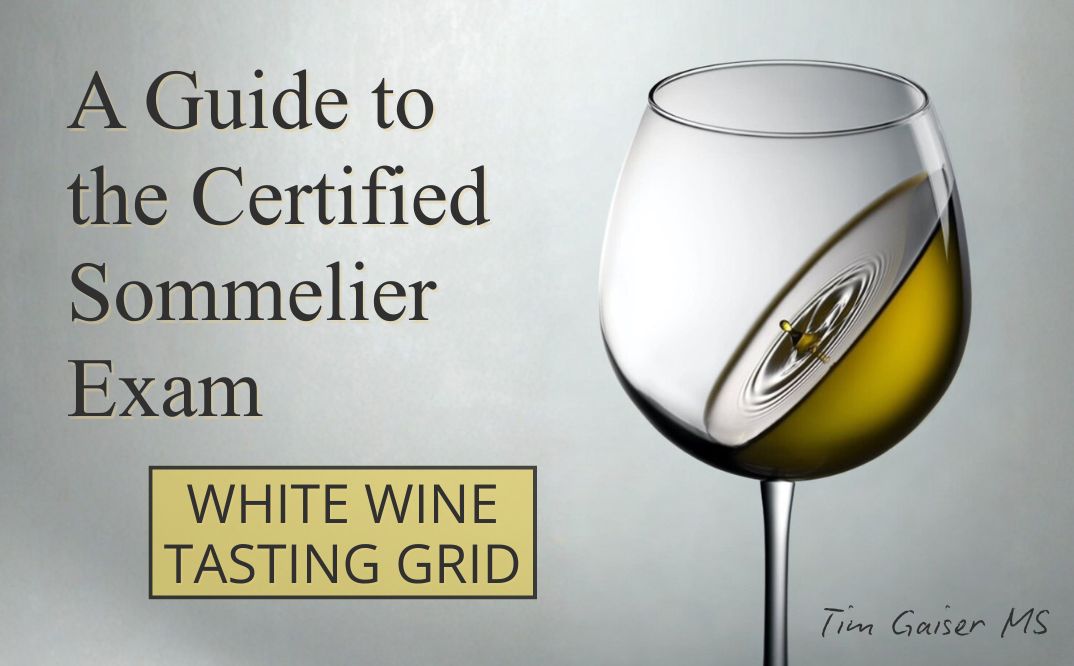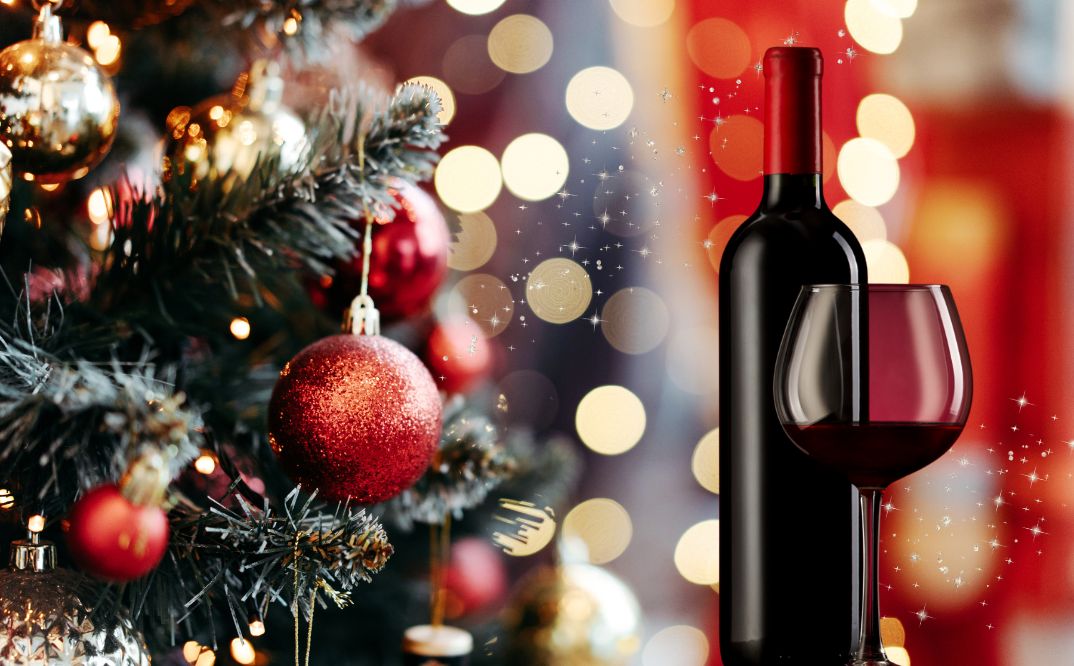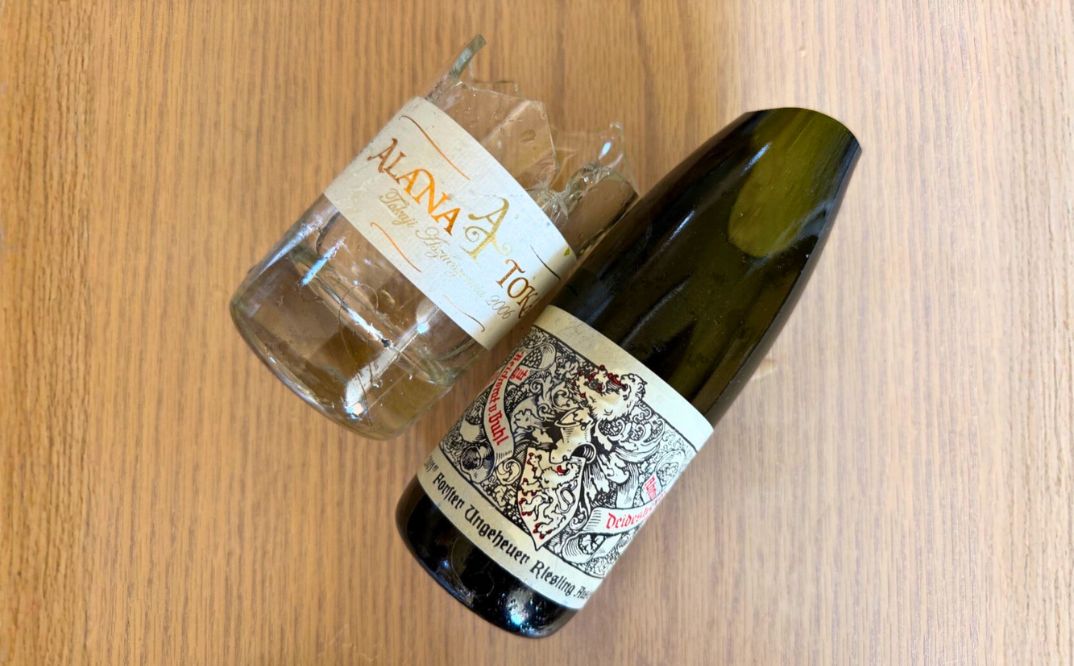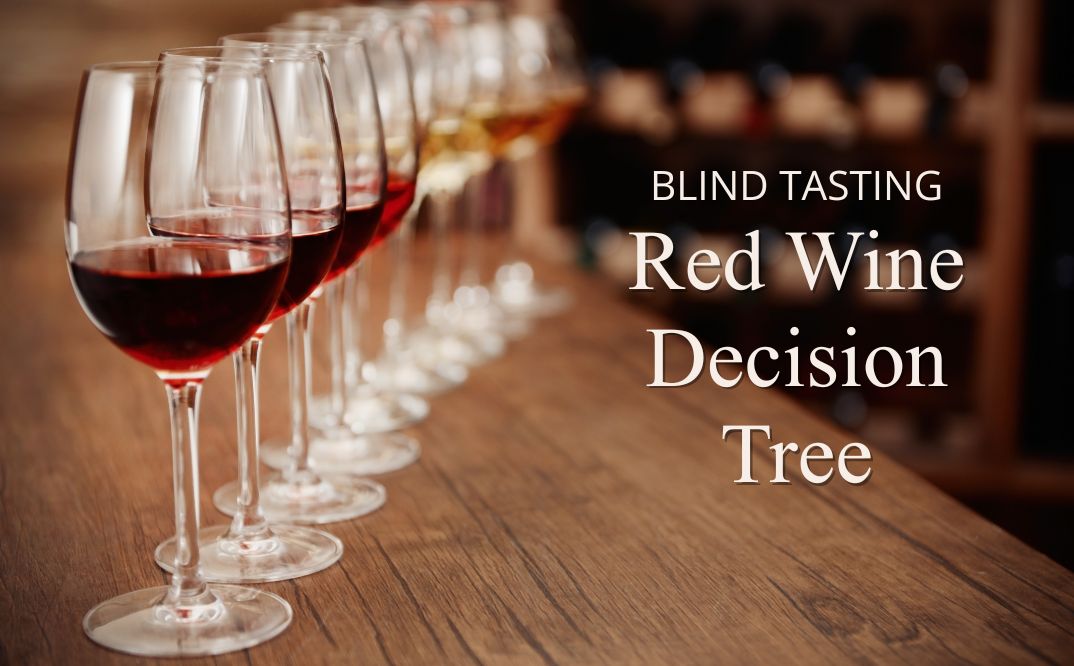
by admin | Jan 7, 2026 | Blog
A few months ago, I facilitated a session for a group of students who will be taking the MS Certified Sommelier Exam early this year. One of the things we did during the session was taste four wines using the grid that’s part of the exam. To begin, I tasted a white...

by admin | Dec 24, 2025 | Blog
When I was growing up, Easter was a distant second banana to Christmas. No surprise, as Christmas involved a plethora of seasonal decorations with stockings not hung by the fire and a tree resplendent with ornaments and presents underneath. Easter was meager by...

by admin | Dec 10, 2025 | Blog
Welcome to the holidays. The end of the year is nigh and with it comes that special flavor of seasonal chaos. The only saving grace will be found in precious moments of solace, even if it means locking yourself in the bathroom. Now more than ever a good book is a...

by admin | Dec 3, 2025 | Blog
Happy holidays to all even though it seems like bits of the season started to creep in just after the calendar turned September 1st, when a mountain of all things pumpkin spice appeared overnight at Albertson’s like mushrooms after a heavy rain. Honorable mention goes...

by admin | Nov 19, 2025 | Blog
It was a moment fraught with tragedy and human pathos. After the fact, I realized it was also a moment reminding me that you’re never too old to do something stupid. Some backstory is needed. Recently, we had the floor in the kitchen and my wife Carla’s office...

by admin | Nov 5, 2025 | Blog
In a previous post about blind tasting white wines, I mentioned that making the conclusion was the most challenging part of the process. Getting the correct grape variety creates more anxiety in students than any other part of tasting exams. To help remedy the...






